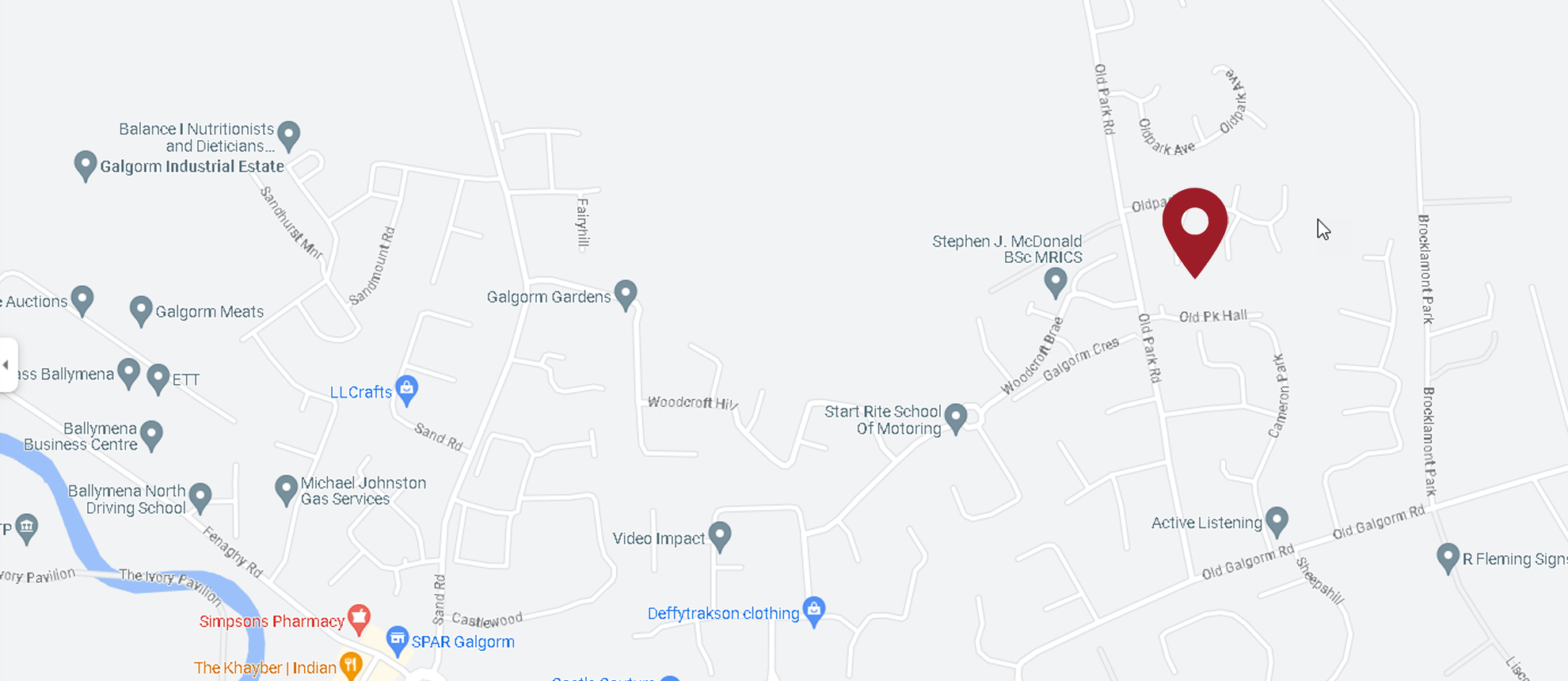How to Find a Lost Pension in the UK: A Step-by- Step Guide
Oct 01, 2025
With people changing jobs more frequently than ever, it’s easy to lose track of pensions from past employers. If you’ve worked in multiple roles over the years, chances are you may have a pension or two you’ve forgotten about. The good news? In the UK, there are simple ways to track them down.
Here’s a straightforward guide to help you find a lost pension and take control of your retirement savings.
1. Check Your Paperwork
Start by gathering any old paperwork that might relate to your pensions. Look for:
- Old payslips or P60s
- Letters from pension providers
- Emails from HR departments
- Employment contracts
Even a company name or an old pension scheme name can be helpful for your search.
2. Use the Government’s Pension Tracing Service (Free)
The UK government offers a free Pension Tracing Service that can help you find contact details for:
- Workplace pensions
- Personal pensions
- Civil Service, NHS, and Armed Forces pensions
How to use it:
- Visit: https://www.gov.uk/find-pension-contact-details
- Enter the name of your former employer or pension provider
- You’ll be given contact details to follow up with them directly
Note: The service won’t tell you how much is in your pension, but it points you to the right organisation that can.
3. Contact Former Employers
If you remember where you worked but can’t recall who the pension provider was, contact the HR or payroll department of your former employer. They should be able to tell you:
- If you were enrolled in a pension scheme
- The name of the pension provider
- Contact details for the provider
Even if the company no longer exists, its pension scheme may still be managed by a third party or taken over by another business.
4. Speak to Pension Providers
If you know the name of the pension provider (e.g. Aviva, Scottish Widows, Standard Life), contact them directly with as much information as possible:
- Your full name (and any previous names)
- Your date of birth
- Your National Insurance number
- The dates you were employed
- The employer’s name
Most providers have a dedicated team for tracking down old pensions.
5. Use a Pension Tracing Service (Private Sector)
In addition to the government service, there are also private companies that offer pension tracing services. Some are free, while others may charge a fee. Be cautious and always check reviews or ensure they are FCA-authorised before sharing personal information.
6. Check Your State Pension Forecast
While this won’t help find a private or workplace pension, it’s a good time to also check your State Pension forecast.
Visit: https://www.gov.uk/check-state-pension
You will see:
- How much State Pension you’re likely to receive
- When you can claim it
- Any gaps in your National Insurance record
7. Consolidate Your Pensions (Optional)
Once you’ve tracked down all your pensions, you might want to consider consolidating them into one pot. This can make managing your savings easier. However, there are pros and cons, including potential exit fees or loss of benefits, so speak to an independent financial planner before moving your money.
Final Thoughts
Finding a lost pension might take a bit of legwork, but it’s worth the effort. Even a small forgotten pot can grow significantly over time. By taking action now, you’re putting yourself in a stronger position for retirement.
Need help getting started? Bookmark the Pension Tracing Service and start digging through those old files—you might uncover more than you think.
Approver Quilter Financial Services August 2025

